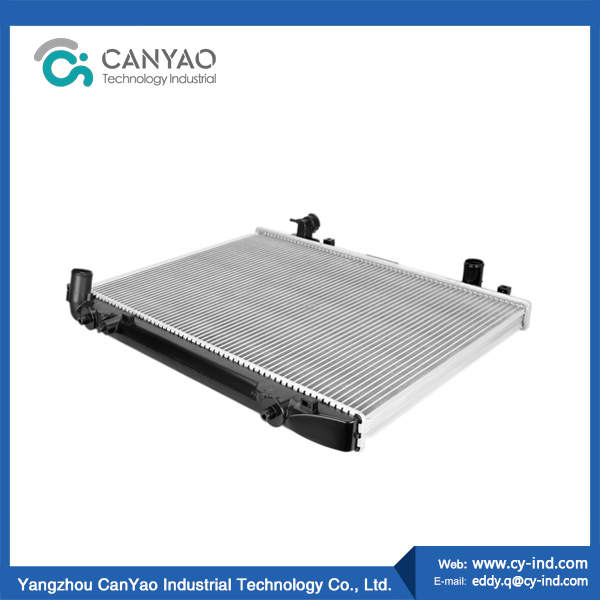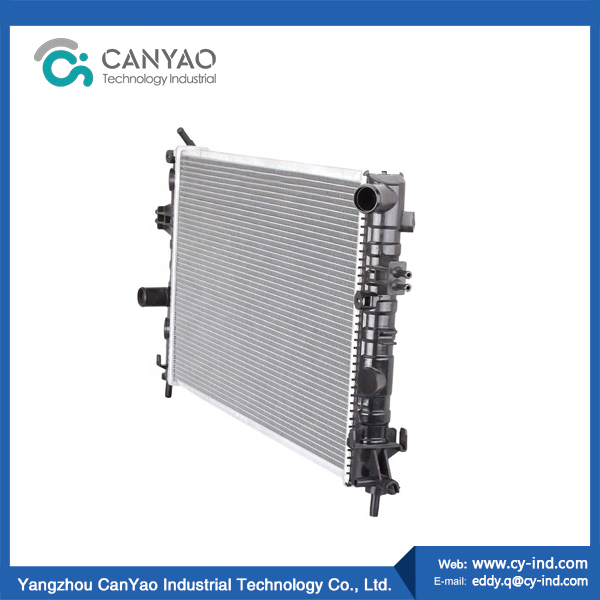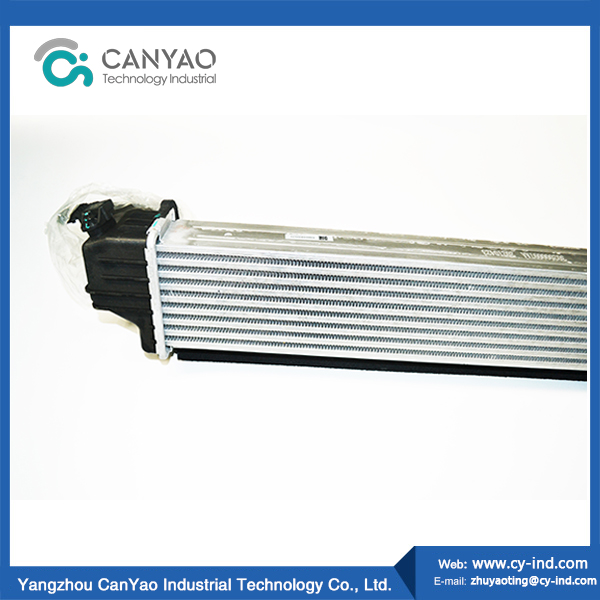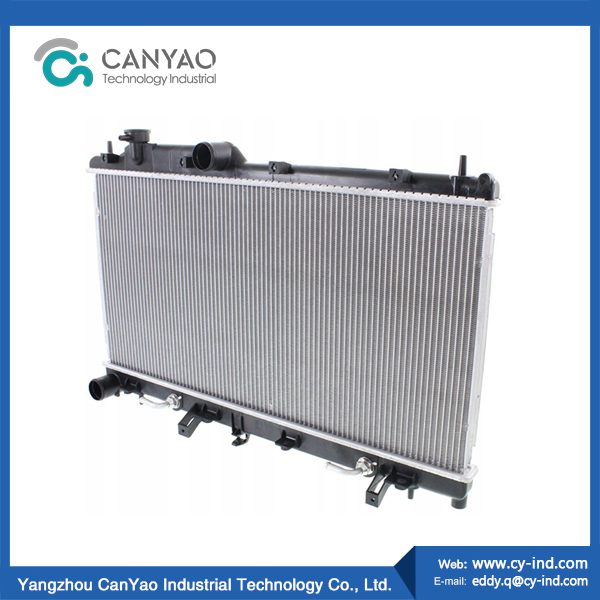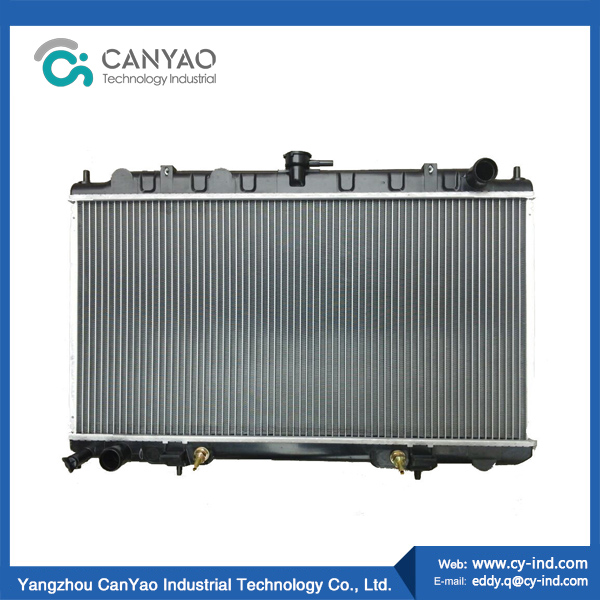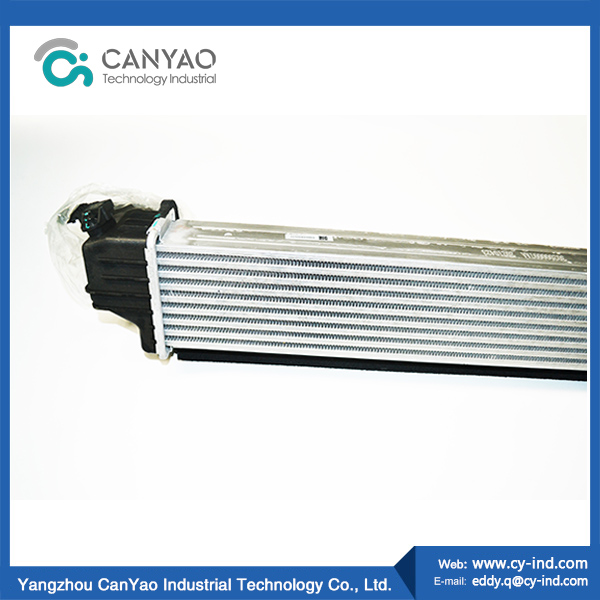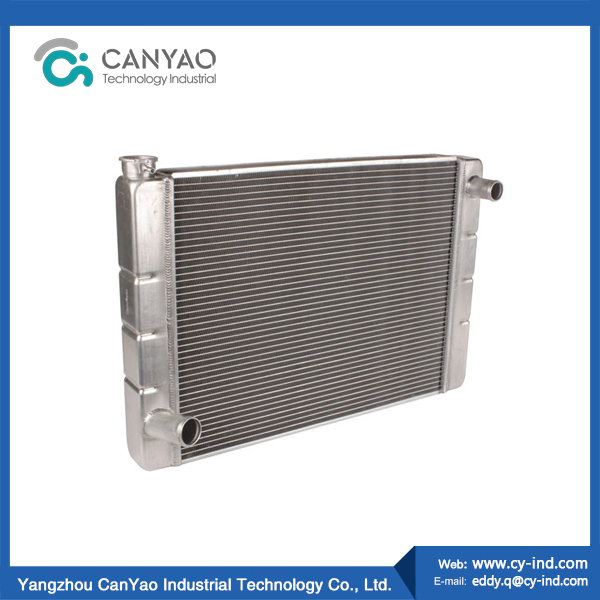- Español
- Português
- русский
- Français
- 日本語
- Deutsch
- tiếng Việt
- Italiano
- Nederlands
- ภาษาไทย
- Polski
- 한국어
- Svenska
- magyar
- Malay
- বাংলা ভাষার
- Dansk
- Suomi
- हिन्दी
- Pilipino
- Türkçe
- Gaeilge
- العربية
- Indonesia
- Norsk
- تمل
- český
- ελληνικά
- український
- Javanese
- فارسی
- தமிழ்
- తెలుగు
- नेपाली
- Burmese
- български
- ລາວ
- Latine
- Қазақша
- Euskal
- Azərbaycan
- Slovenský jazyk
- Македонски
- Lietuvos
- Eesti Keel
- Română
- Slovenski
- मराठी
- Srpski језик
Car engine radiator
Car engine radiator: classification introduction The car engine radiator is composed of three parts: the water inlet chamber, the water outlet chamber and the radiator core. The coolant flows in the radiator core, and the air passes outside the radiator.
Send Inquiry
Product Description
Car engine radiator: classification introduction
The car engine radiator is composed of three parts: the water inlet chamber, the water outlet chamber and the radiator core. The coolant flows in the radiator core, and the air passes outside the radiator. The hot coolant becomes cold by dissipating heat to the air, and the cold air heats up by absorbing the heat radiated by the coolant. According to the direction of coolant flow in the radiator, the radiator can be divided into two types: longitudinal flow and cross flow. According to the structure of the radiator core, the radiator can be divided into a tube fin type radiator core, a tube strip type radiator core and a plate radiator core. There are two main types of car radiators: aluminum and copper. The former is used in general passenger cars and the latter is used in large commercial vehicles.
Introduction to car radiators: principle
The engine generally uses an internal combustion engine, which uses the heat generated by combustion to perform work. However, the effective power is only 30%-40% of the total energy of the fuel, and the remaining energy is consumed as exhaust heat loss and mechanical friction heat loss. In particular, in order to maintain the proper temperature of the cylinder, cylinder head, and intake and exhaust valves, it is necessary to cool various parts of the internal combustion engine, so that heat energy is lost as a coolant. The radiator uses the heat loss of the coolant to work. In order to ensure the proper temperature of the internal combustion engine, the loss of heat from the cooling water is indispensable. Generally, the water pump driven by the engine forces the cooling water to circulate in all parts of the engine, and the device that absorbs the heat generated by the engine and dissipates it into the air is the radiator.
The car engine radiator is composed of three parts: the water inlet chamber, the water outlet chamber and the radiator core. The coolant flows in the radiator core, and the air passes outside the radiator. The hot coolant becomes cold by dissipating heat to the air, and the cold air heats up by absorbing the heat radiated by the coolant. According to the direction of coolant flow in the radiator, the radiator can be divided into two types: longitudinal flow and cross flow. According to the structure of the radiator core, the radiator can be divided into a tube fin type radiator core, a tube strip type radiator core and a plate radiator core. There are two main types of car radiators: aluminum and copper. The former is used in general passenger cars and the latter is used in large commercial vehicles.
Introduction to car radiators: principle
The engine generally uses an internal combustion engine, which uses the heat generated by combustion to perform work. However, the effective power is only 30%-40% of the total energy of the fuel, and the remaining energy is consumed as exhaust heat loss and mechanical friction heat loss. In particular, in order to maintain the proper temperature of the cylinder, cylinder head, and intake and exhaust valves, it is necessary to cool various parts of the internal combustion engine, so that heat energy is lost as a coolant. The radiator uses the heat loss of the coolant to work. In order to ensure the proper temperature of the internal combustion engine, the loss of heat from the cooling water is indispensable. Generally, the water pump driven by the engine forces the cooling water to circulate in all parts of the engine, and the device that absorbs the heat generated by the engine and dissipates it into the air is the radiator.
Hot Tags: Car engine radiator, China, Manufacturers, Suppliers, Wholesale, Price, Free Sample, Customize, factory, OEM
Related Category
Send Inquiry
Please feel free to give your inquiry in the form below. We will reply you within 24 hours.


